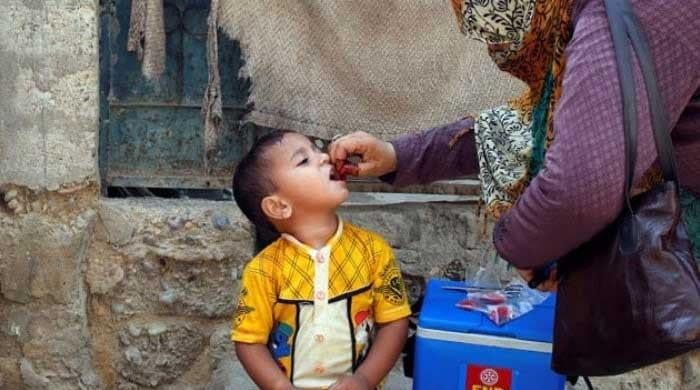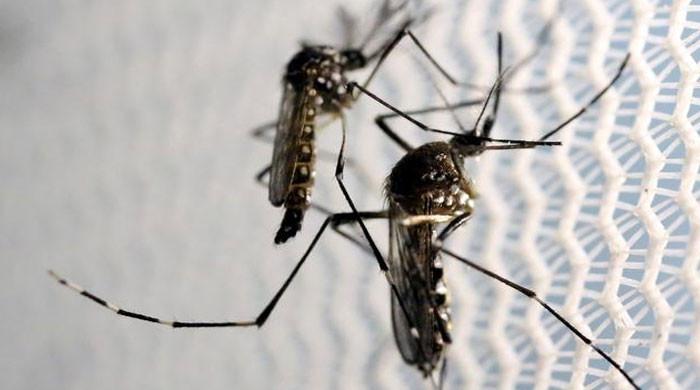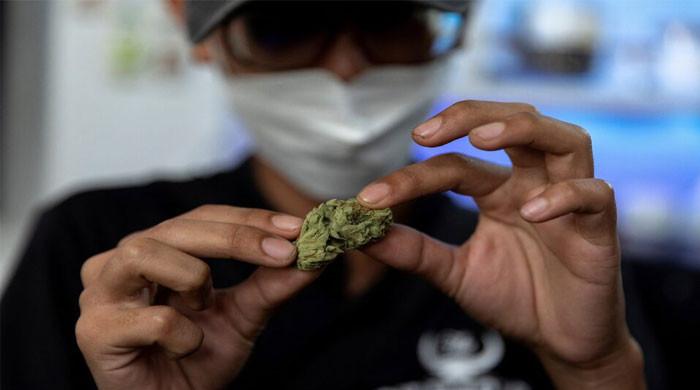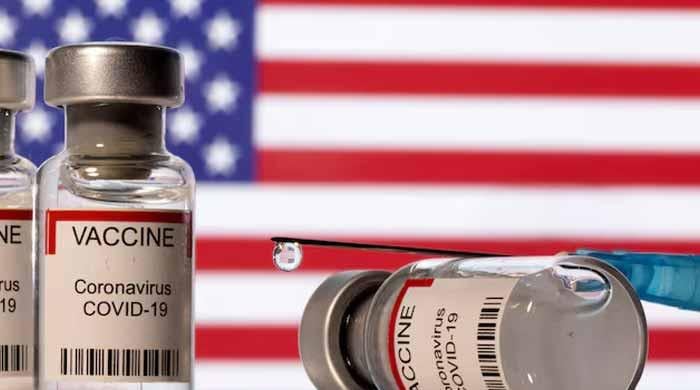Pakistan sees 70% rise in HIV cases in past seven years
HIV-positive cases rise from around 17,000 in 2016 to nearly 59,000 until December 2022
February 18, 2023
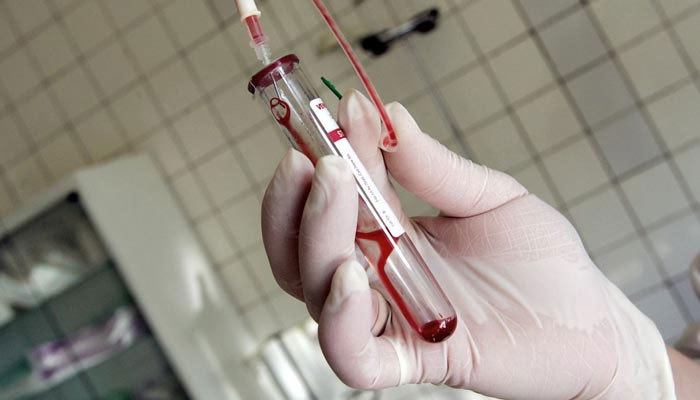
- Most HIV cases reported in Punjab, data shows.
- In Balochistan, cases spiked by almost 80%.
- Sindh witnessed 69% increase in HIV patients.
ISLAMABAD: The number of Human Immunodeficiency Virus (HIV) patients in Pakistan grew significantly by over 70% in the last seven years, reveals National HIV Control Centre data.
According to the data, at the start of 2016, Pakistan had around 17,000 HIV patients, which grew to nearly 59,000 until December 2022.
In the past seven years, most HIV cases were reported in Punjab. In 2016, there were 6,875 patients in the province which, after an 80% spike, went up to over 31,000 in 2022.
In Balochistan, HIV cases increased from 345 in 2016 to 1,759 in 2022 with an almost 80 % increase.
Sindh witnessed a 69% increase in HIV patients with the total number of patients going up from 5,183 in 2016 to 16,765 in 2022, the data shows.
Similarly, Khyber Pakhtunkhwa (KP) had a total of 2,384 HIV cases in 2016 which went up to over 5,000 in 2022, showing a more than 50% increase.
In the federal capital Islamabad, HIV cases went from 2,227 in 2016 to 3,711 in 2022.
2016-2021 data
According to the National HIV Control Center’s 2016 data, a total of 17,018 HIV-positive cases were reported across Pakistan, out of which almost 10,000 patients opted for Antiretroviral Therapy (ART), a treatment for HIV disease.
In January 2017, the number of HIV patients increased to 22,512 from 17,018 at the start of the previous year. In January 2018, the cases shot up to almost 29,000, out of which 20,000 were getting treatment.
In January 2019, HIV patients from all over Pakistan rose to 34,506 in number, out of which 27,106 opted for treatment in different hospitals in the country.
The record of January 2020 reveals the number of HIV patients across Pakistan rose to over 45,000, out of which nearly 38,000 were getting treatment for the disease.
In January 2021, 51,380 HIV patients were recorded in Pakistan. Out of these, over 42,000 availed the treatment for the disease. December 2021 data shows that HIV patients grew to 59,000 from 51,380 in January 2021.




